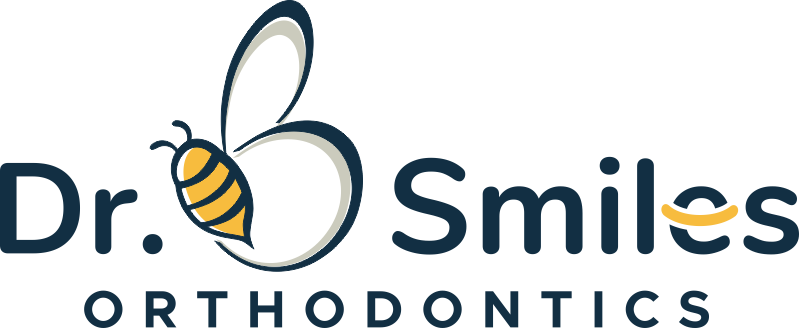Early Childhood Treatment
FAQs: When is the best time to begin orthodontics?
Though an orthodontist can enhance a smile at any age, there is an optimal time period to have your first consultation. Age 7 is the best time for your child’s first evaluation.
What are the benefits of early orthodontic evaluation?
Early evaluation provides both timely detection of problems and greater opportunity for more effective treatment. Prudent intervention guides growth and development, preventing serious problems later. When orthodontic intervention is not necessary, an orthodontist can carefully monitor growth and development and begin treatment when it is ideal.
Why is age 7 considered the optimal time for screening?
By the age of 7, the first adult molars erupt, establishing the back bite. During this time, an orthodontist can evaluate front-to-back and side-to-side tooth relationships. For example, the presence of erupting incisors can indicate possible overbite, open bite, crowding or gummy smiles. Timely screening increases the chances for an incredible smile.
What are the advantages of interceptive treatment?
Some of the most direct results of interceptive treatment are:
- Creating room for crowded, erupting teeth
- Creating facial symmetry through influencing jaw growth
- Reducing the risk of trauma to protruding front teeth
- Preserving space for unerupted teeth
- Reducing the need for tooth removal
What are the different types of Early Intervention Treatment?
Crowding:
Commonly, there are circumstaces when there is not enough space in the mouth to accommodate the developing and erupting teeth. Dr. Bonavoglia is a believer in conservative, non-invasive treatment. For this reason he will often recommend early intervention treatment to develop the mouth to accommodate the teeth rather than have teeth extracted. One common way this is accomplished is through the use of an expander appliance. This is an appliance that is used to wide the jaw thereby creating enough space for erupting teeth.
Overbite Correction:
One of the most common problems in orthodontics is the overbite. In some cases, this is caused by a smaller lower jaw that is further back than the upper jaw. There are a number of growth modification appliances such as the Herbst or Twin Block appliance which can help guide growth, thereby improving an overbite and overall facial appearance.
Underbite Correction:
Often times an underbite (when the lower teeth are ahead of the upper teeth) is cuased by uncoordinated jaw growth. Correction of this type of bite can be greatly improved through early intervention treatment. If uncorrected early, later treatment may require more invasive treatment such as tooth extractions and/or surgical intervention.
Habit appliances:
A long-term habit such as sucking on a finger or thumb can be difficult to break. These habits past the age of 3 can have long term effects on the positioning of the teeth and surrounding bone. The purpose of the Habit Appliance is to help break a thumb or finger habit. Dr. Bonavoglia uses several different types of appliances to treat habits.
Other Problems with the Bite or Tooth Eruption:
There are a number of other issues that can arise while teeth are developing and/or erupting. If you are concerned about your child, please feel free call and schedule your complimentary consultation with Dr. Bonavoglia, A referral from your dentist is not necessary.
